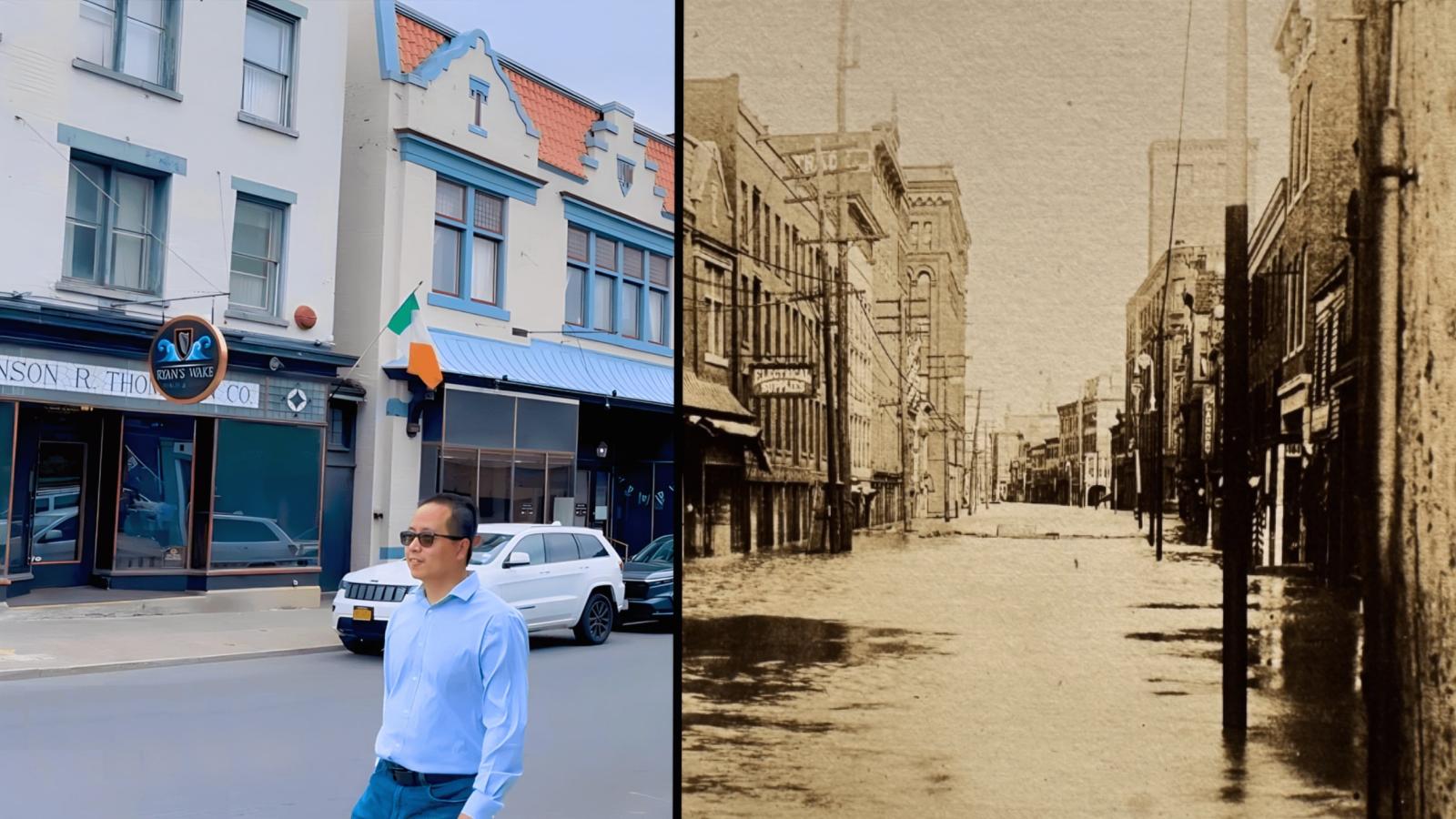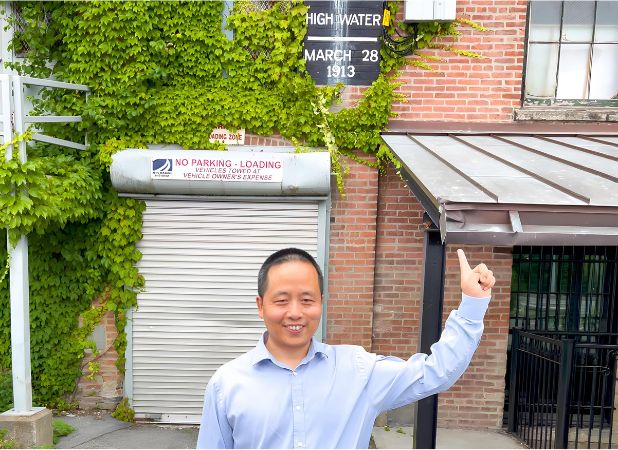Simulations in Nanjing, Hamburg, and Los Angeles Highlight Key Factors for Building Flood-Resilient Transport Systems
July 23, 2025

When a 100-year flood hits a city, traffic doesn't suddenly stop or disappear — it adapts.
“In spite of increasing flood risks, more and more people are moving into flood-prone areas,” said Jianxi Gao, associate professor of computer science at Rensselaer Polytechnic Institute. “This makes it even more urgent to understand how resilient our infrastructure is — and how people adapt when disaster strikes.”
Gao is part of an international team studying how urban transportation systems adapt to extreme weather events like floods. Their work, “Adaptive capacity for multimodal transport network resilience to extreme weather,” published in Nature Sustainability, uses an innovative modeling approach to uncover a universal law governing how travelers shift between private vehicles and public transit during such disruptions. This law reveals that shifts between transport modes, such as from cars to buses, follow predictable patterns driven by changes in travel demand, the density of transport networks, and how modes either compete or support each other.
The agent-based multimodal traffic model, paired with a compound failure model, simulated flood impacts in three cities: Nanjing, China; Hamburg, Germany; and Los Angeles, the United States. By analyzing millions of trips, the team quantified how travelers adapt in response to flood-related disruptions by switching routes or modes — such as from cars to subways — and how these modes compete with and complement each other. Despite the cities’ varying traffic systems, a common pattern emerged that may apply to cities not examined in this study.
The research found that adaptation hinges on traffic density, network connectivity and the interplay between travel modes. For instance, when public transit becomes unreliable, many shift to cars, potentially worsening road congestion. On the other hand, robust public transit can absorb demand, easing pressure on roads. For example, in the Nanjing simulation, when floods disrupted subways, passengers adapted by switching to buses, resulting in higher trip completion rates and maintaining overall system functionality.
These findings provide a framework for cities to predict and manage flood-related disruptions and can help identify interventions to improve transportation system resiliency.
“This work is a step toward building smarter, more resilient infrastructure — before the next disaster hits,” Gao said.
The team’s model also highlights interventions to enhance resilience, such as emergency public transit lines, travel subsidies, traffic signal adjustments and public education campaigns. These strategies could help cities maintain functionality during floods and recover more swiftly afterward.
“Professor Gao’s work exemplifies RPI’s commitment to tackling global challenges through interdisciplinary innovation,” said Chuck Stewart, administrative dean of RPI’s School of Science. “This research not only advances our understanding of urban resilience but also provides actionable solutions for cities facing climate-driven threats.”
The study’s simulations drew on real-world data, including OpenStreetMap road networks, NAVINFO public transit data for Nanjing and Amap mobility datasets. Flood hazard maps for 100-year return periods informed the scenarios, with models validated against empirical travel patterns. The Nanjing, Hamburg and Los Angeles simulation models are publicly available on GitHub.
This work builds on prior research, including:
As Climate Changes, Small Increases in Rainfall May Cause Widespread Road Outages (May 9, 2019)
Gauging the Resilience of Complex Networks (Jan. 4, 2022)
Prediction of Human Movement During Disasters To Allow For More Effective Emergency Response (Aug. 10, 2022)
For more information, visit https://www.nature.com/articles/s41893-025-01575-z.
